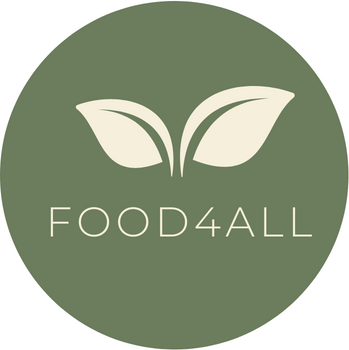As mentioned before, water and sanitation play a crucial role in ensuring food safety at various stages of the supply chain. The main food safety issues related to water and sanitation are the following:
- Water Contamination:
Contaminated water sources can introduce harmful microorganisms such as bacteria, viruses, and parasites into the food supply chain. Moreover, chemical contaminants such as pesticides, heavy metals, or industrial runoff, can contaminate crops and contribute to foodborne hazards. The increased possibility of introducing the above contaminants into the supply chain due to the heavy rainfall events and to the changes in the agriculture practices were developed in detail before.
- Irrigation Practices:
Irrigation with untreated or inadequately treated water can introduce pathogens to crops, especially if the water comes into direct contact with edible parts of the plant.
- Processing and Manufacturing:
Water is often used in food processing for cleaning, cooling, and as an ingredient. Poor water quality can lead to contamination of processed foods. Furthermore, inadequate or improper sanitation of equipment, can contribute to the spread of contaminants.
- Food Preparation and Handling:
Contaminated Water in food preparation or cooking can result in the persistence of pathogens in the final dish. This is valid for both domestic and professional food preparation practices.
- Seafood and Aquaculture:
The quality of water in aquaculture systems is critical for the health of seafood. Contaminated water can lead to the presence of harmful substances in fish and shellfish.
Addressing food safety issues related to water and sanitation involves implementing and enforcing specific standards for water quality, promoting proper hygiene practices, ensuring the safe handling of water throughout the supply chain, and educating both producers and consumers about the importance of clean water for consuming safe foods.
